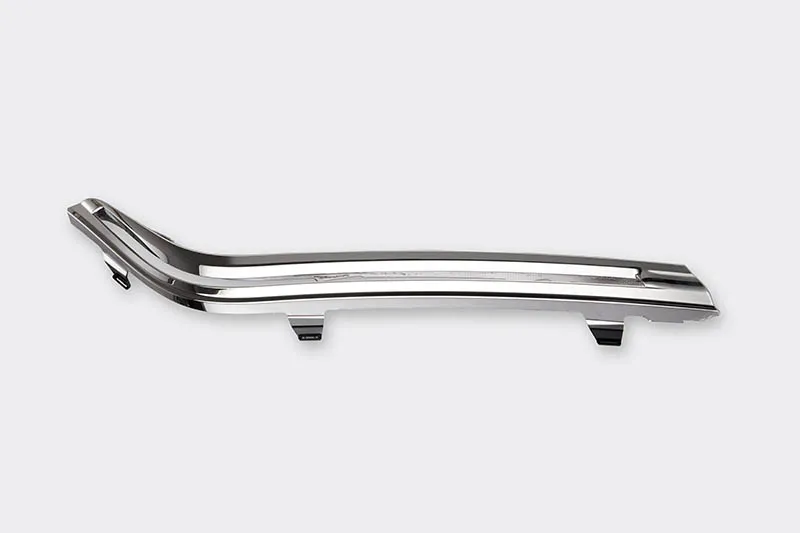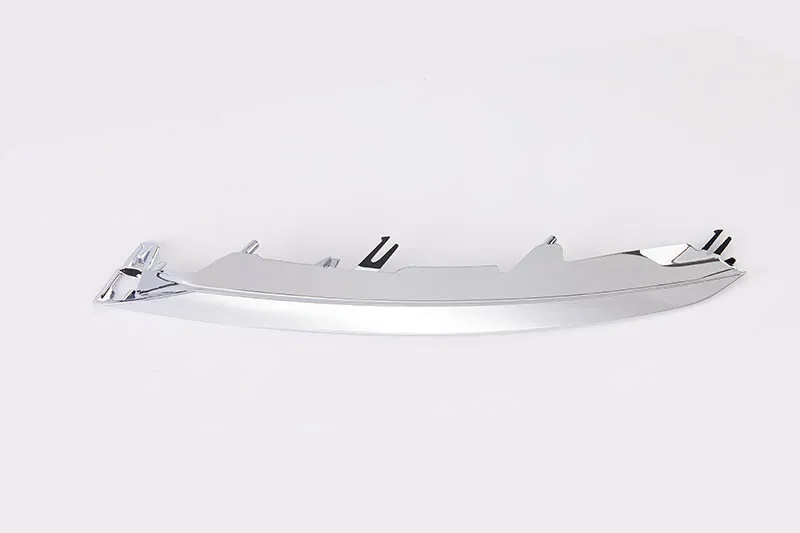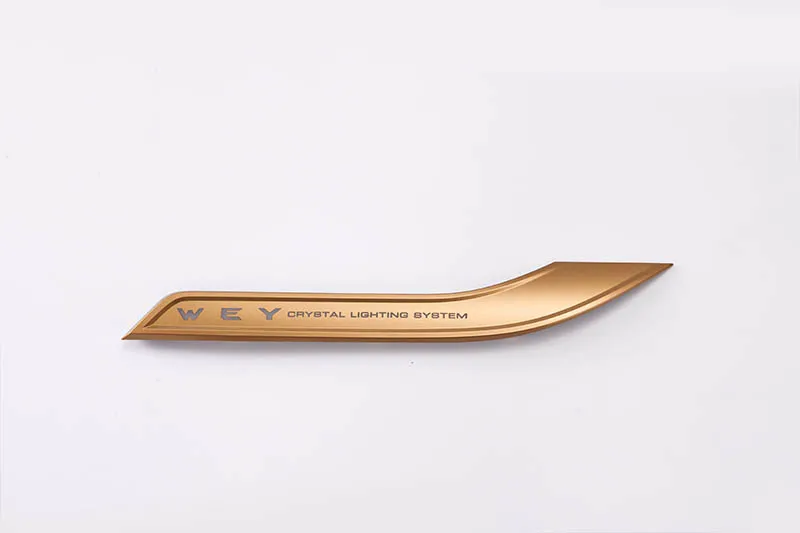Introduction
Transporting automotive parts is a crucial process for both manufacturers and consumers. Whether you are moving parts from the manufacturer to a retailer, from a warehouse to a garage, or purchasing individual parts for personal use, ensuring that they reach their destination safely and efficiently is vital. Automotive parts can be delicate and expensive, so it is important to take extra care in their packaging and transportation to avoid damage and costly replacements. This article explores the key factors involved in transporting automotive parts, the best practices for ensuring their safe arrival, and the different transportation methods available.
Why Transportation of Automotive Parts is Important
The transportation of automotive parts is essential for a variety of reasons:
- Timely Delivery: Ensuring parts are delivered on time is critical for repairs, modifications, and production schedules. Late parts can delay vehicle repairs, resulting in lost time and revenue.
- Damage Prevention: Automotive parts, especially those made of delicate materials or critical components like engines, transmissions, and electronic systems, need to be transported with the utmost care. Damaged parts can result in expensive replacements and extended downtime.
- Cost Efficiency: Choosing the right shipping method and optimizing logistics can help reduce costs, both for businesses and consumers. Efficient transportation helps ensure that automotive parts are delivered at competitive prices.
- Inventory Management: Proper transportation ensures that parts are delivered to the right locations, facilitating better inventory control for auto shops, manufacturers, and distributors.
Preparing Automotive Parts for Transport
To ensure automotive parts arrive at their destination in good condition, proper preparation and packaging are essential. Here are some steps to follow when preparing automotive parts for transport:
- Proper Packaging:
- Use Sturdy Packaging Materials: Automotive parts are often heavy or fragile, so it’s important to use strong packaging materials such as reinforced cardboard boxes, wooden crates, or plastic containers. For heavier or larger parts, consider using pallets.
- Cushioning and Padding: Ensure that parts are cushioned to avoid shifting during transport. Use bubble wrap, foam padding, or shrink wrap to protect delicate components. For small parts like bolts, nuts, and fasteners, consider using small plastic bags or compartments inside larger boxes.
- Labeling: Clearly label each package with the correct part number, destination, handling instructions (e.g., “Fragile,” “This Side Up”), and any other relevant details. This ensures the parts are handled properly during transit.
- Documenting the Shipment:
- Create an Inventory List: Prepare a comprehensive inventory list that details each part, its condition, and its specific requirements. This will help track the shipment and provide a reference in case of any issues during transport.
- Shipping Instructions: Include any special instructions or handling requirements in the documentation, such as temperature-sensitive components, hazardous materials, or fragile parts that require extra care.
- Insurance Coverage:
- Opt for Shipping Insurance: Automotive parts can be expensive, and damage during transit can result in significant financial loss. Always opt for shipping insurance to cover the value of the parts in case of damage, theft, or loss.
- Understand Terms and Conditions: Review the terms and conditions of the insurance policy to ensure you understand what is covered and the process for filing claims if needed.
Choosing the Right Shipping Method
Selecting the right transportation method depends on factors like the destination, the size and weight of the parts, and the desired delivery time. Below are the most common shipping methods for automotive parts:
1. Ground Shipping (Truck Transport)
- Best For: Short to medium distances, large or bulky automotive parts, and less time-sensitive shipments.
- Advantages:
- Cost-effective: Ground shipping is often the most affordable option for shipping automotive parts, especially when transportation is local or regional.
- Wide Reach: Ground shipping services are readily available and can transport a wide variety of automotive parts across highways and interstates.
- Disadvantages:
- Longer Transit Times: Ground shipping can take longer than air transport, especially if the destination is far.
- Traffic and Weather Delays: Truck transportation can be affected by road conditions, traffic, or weather, which may cause delays.
2. Air Freight
- Best For: High-value, time-sensitive parts that need to be delivered quickly.
- Advantages:
- Faster Delivery: Air freight offers significantly faster shipping times compared to ground or sea transport, making it ideal for urgent deliveries.
- Global Reach: Air shipping is ideal for international shipments, allowing automotive parts to be delivered quickly across continents.
- Disadvantages:
- Higher Cost: Air freight is usually more expensive than ground shipping, especially for large or heavy parts.
- Size and Weight Restrictions: Air freight has limitations on the size and weight of items that can be shipped, which may not be ideal for larger automotive parts.
3. Ocean Freight (Sea Transport)
- Best For: Large shipments of automotive parts that are not time-sensitive, typically for international shipping.
- Advantages:
- Cost-Effective for Large Volumes: Sea transport is often the most cost-effective option for shipping large quantities of automotive parts across long distances.
- Capable of Handling Large Parts: Ocean freight can accommodate oversized parts, such as engines or transmissions, that would be difficult or expensive to ship via air.
- Disadvantages:
- Longer Shipping Times: Ocean freight can take significantly longer than air or ground transport, which may not be ideal for time-sensitive shipments.
- Weather and Port Delays: Sea transport can be affected by weather conditions, port congestion, or customs delays, adding to the delivery time.
4. Rail Transport
- Best For: Long-distance domestic shipments, especially for large and bulky automotive parts.
- Advantages:
- Cost-Effective: Rail transport is often cheaper than air freight and faster than ground shipping over long distances.
- Ideal for Bulk Shipments: Rail is well-suited for transporting large volumes of automotive parts, such as tires, wheels, or exhaust systems.
- Disadvantages:
- Limited Coverage: Rail transport is not available everywhere and may require additional steps, such as transfer to ground shipping, to reach certain locations.
- Slower Than Air Freight: While rail is faster than ground shipping, it is still slower than air freight, making it less suitable for urgent deliveries.
Shipping Automotive Parts Internationally
When transporting automotive parts internationally, there are additional considerations to keep in mind, such as:
- Customs and Import/Export Regulations: Automotive parts are often subject to customs duties, taxes, and other import/export regulations. Be sure to comply with all customs procedures and ensure that the correct paperwork is completed for smooth customs clearance.
- Tariffs and Taxes: Depending on the countries involved in the shipment, there may be tariffs or taxes applied to imported automotive parts. Research the applicable rates and ensure the costs are accounted for in your budget.
- Packaging Requirements: Different countries may have specific packaging and labeling requirements for imported goods. Ensure that all parts are packaged and labeled according to international standards to avoid delays at customs.
Common Issues in Transportation and How to Address Them
While shipping automotive parts, some common issues may arise, including:
- Damage During Transit: Despite careful packaging, parts can still be damaged during transit due to rough handling or accidents. Always ensure that parts are insured, and take photographs of the packaging and contents before shipment in case you need to file a claim.
- Delays: Shipping delays can occur due to weather, traffic, customs issues, or other factors. Stay in touch with the carrier to get updates on the status of your shipment, and always plan for potential delays.
- Incorrect Deliveries: Ensure that all parts are labeled correctly and that the shipping address is accurate. In case of incorrect deliveries, contact the shipping provider immediately to resolve the issue.
Conclusion
The transportation of automotive parts is a vital process that requires careful planning, attention to detail, and the right shipping methods to ensure safe, timely, and cost-effective delivery. By preparing parts properly, choosing the appropriate transportation mode, and taking necessary precautions, businesses and individuals can successfully transport automotive parts across short or long distances. Whether shipping locally or internationally, the right preparation and choice of carrier can help ensure that parts arrive undamaged and on time, contributing to the smooth functioning of vehicle repairs, modifications, or production processes.




